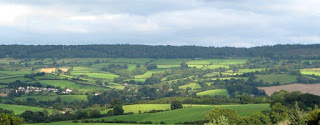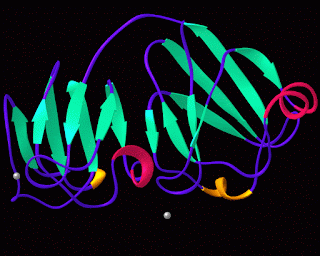The Topic ‘Plant’s communication’ is relatively a new Science and a few decades old. The fact that trees communicate with each other seems amazing. This communication can be seen above the ground through some hormones, and below the ground through the regulation of fungus on their roots.
More than 90% of land plants have symbiotic relationship with fungi. Fungal networks enhance host plants' immune systems. It increases the synthesis of defense-related chemicals and makes immune system’s responses faster and efficient called as "priming". Big and old trees are hubs for fungal mycorrhizal network, plays a key role in communicating with other tress, especially their kin. They send signals through the mycorrhizal networks. When a seedling on the forest floor, near to one of these mother trees, links into that network and gets accesses network resource. So, Fungi are called as 'Earth's natural internet’.
This mode of communication was first identified by the scientist using the radioisotopes to trace carbon, nitrogen and water moving between two trees. When one tree is shaded, carbon-based sugars would flow into it from the other tree. These two trees used fungal networks to share resources.
Abovethe ground communication is carried by release of volatile chemicals. Some chemicals attract predators that eat pests, and this type of chemical communication can also be observed below ground. Some plants release these chemicals to alert other plants to activate the immune system. However Interplant communication by chemicals works well only in the lab, and it’s not convincing in the field.
Even though the subject looks small and simple, there is much to be explored in the point of identifying new communication systems, which may be used for betterment of mankind and environment.









